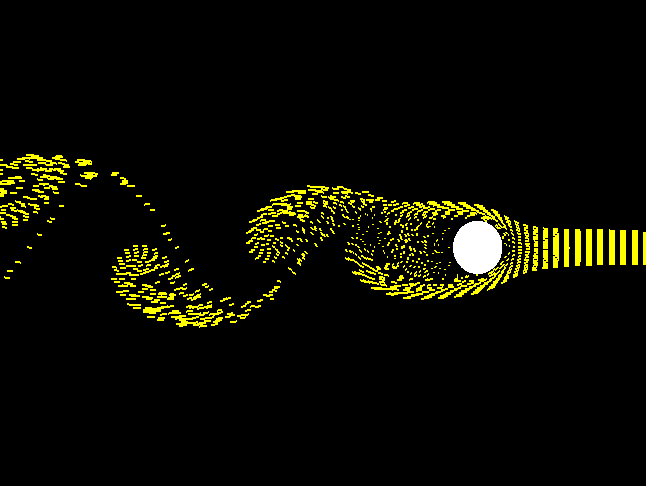Suppose you were to fasten a string to a ping pong ball, then fasten the string to a stationary object, and then use a vacuum cleaner with a strong vacuum to suck the ball partially into the vacuum hose. Due to the strong vacuum's pull on the ball, the string should be very taut and the ball should also be centered inside the vacuum hose.
Based on this setup and referring to the two drawings below, if you were to then push down on the string with your finger at the point indicated by the arrow in Figure A, would the tautness of the string move the ball from a centered position in the hose down until it comes to rest on the bottom of the vacuum hose?
Or, would pushing down on the string at that point cause a bend in the string, as shown in Figure B, with the result being that the ball would be pulled back towards the opening of the vacuum hose with the ball remaining centered inside the hose due to the strong airflow flowing around it?
The reason I'm asking this question is because I have been unsuccessful with keeping the string fastened to the ping pong ball, even with super glue, so I am unable to see what the ball will do.

